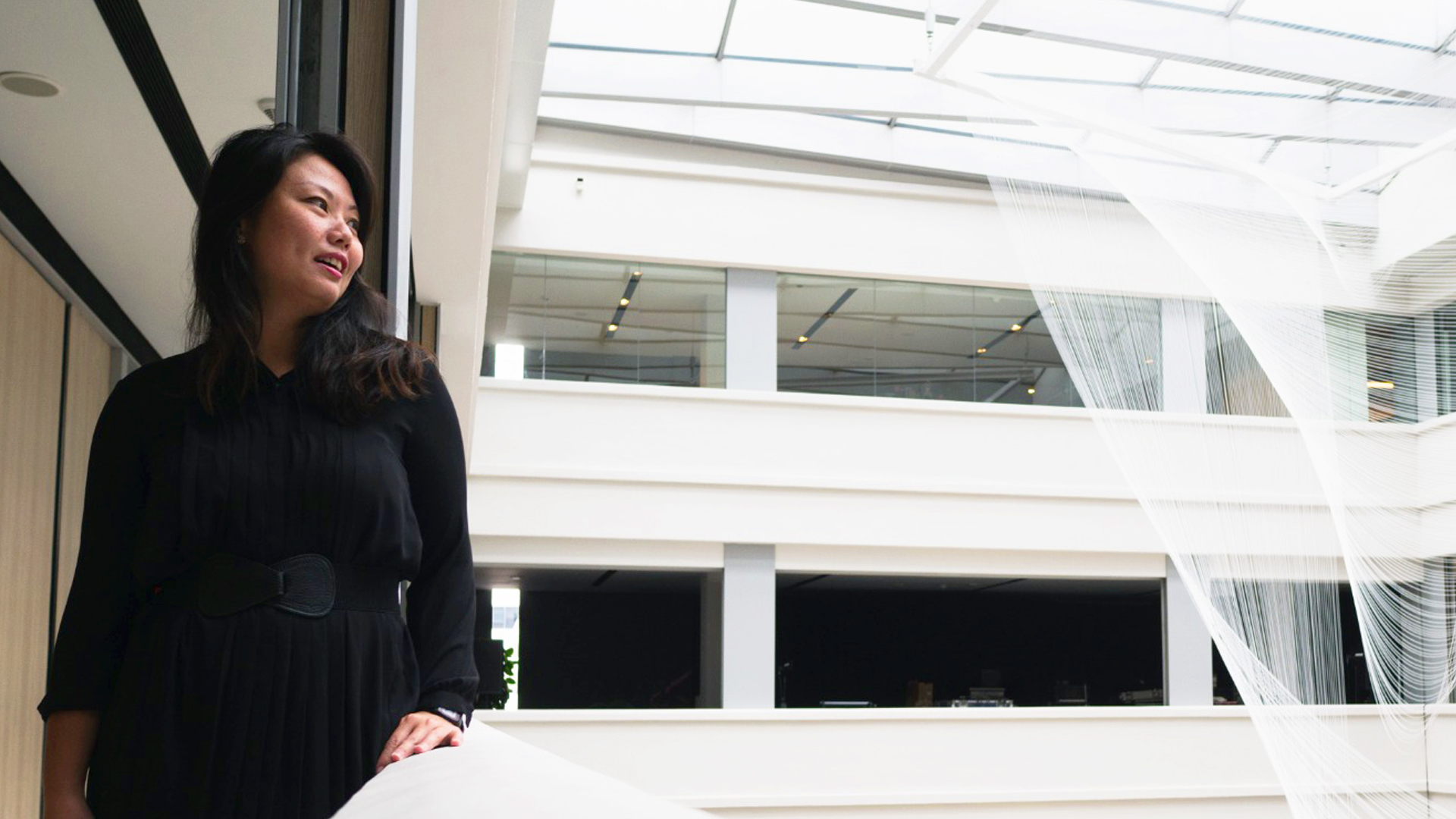
In recognition of International Women’s Day, d+a caught up with Trecia Lim, an architect turned community collaborator, who is interested in helping less privileged groups around Southeast Asia.
What are you busy with right now?
I am currently preparing for the WY-TO Connects talk, as part of the Singapore Design Week 2019, to share about my career shift as an architect practitioner in Singapore, towards my involvement as a community collaborator with the less privileged communities around Southeast Asia.
I am also busy setting up a new design-focused collaboration platform called Studio Pencils, to tie designers, architects and private companies with projects around Southeast Asia that are in need of support.
Why are you so passionate about sustainable building within the tropics?
Honestly, it is the most logical and sensible thing to do. The tropics is one of the richer regions in terms of human and natural resources, compared to the rest of the world. So why are designers and architects not tapping on these resources and working with the local communities more wisely?
What is the most memorable project you've worked on to date in this area?
It has to be the Teewado Primary School, with the Karen hill tribe along the Myanmar/Thailand border.
How was it memorable?
This was the first project that I could truly contribute to as an architect, by directing the planning and involvement process. I also saw how the community participated fully in it. It cannot be more convincing to see them wanting to help themselves and their next generation, after decades of civil war.
You are an active volunteer helping communities in need using your skills as an architect. Why?
I would like to redirect the perspective and to see the process as mutual benefit, instead of me helping the communities. I believe every child and youth deserves a chance in life, and this condition is best reviewed at the source of the issue – that is to work with the communities themselves; to understand their way of life and work with them to improve it. Through the process of working with the communities and facilitating processes, I have gained so much insight. Nothing can be traded for these experiences.
Furthermore, many of these communities are in their early developmental phase, so it is timely to provide them the guidance on how to build more sustainably, so that they can find ways to co-exist with the natural environment and not replace it entirely.
Please give a recent example of a project you've been involved in.
Building a new clinic for the Johuphrau community, a Mon hill tribe, found along the Myanmar/Thailand border.
Your decision to go down these paths differ from the stereotype of an architect. Why take such an unconventional road?
Because “I can”, so “I should”.
If you were asked to give a report card on gender equity in Singapore's architecture scene, what would it say?
It is very common to be in a meeting and discussion dominated by the male presence. I think we all contribute to the architecture scene differently. I don’t exactly have any issues with that, as long as there is mutual respect for the differences.
How do you think the challenges around gender equity can be overcome?
In the less privileged communities around the world, I hope to bring more awareness to what girls can achieve just as well as boys. There is strangely this common mindset in many rural communities that if girls ever get an education, they can only be teachers or nurses. These are very noble jobs, however there are so many more opportunities that can be explored, such as being an architect.
As we celebrate International Women's Day, what would you like to see more of in Singapore's architecture scene?
I’d like to see more female architects who can be a role model for the next generation of youths to look up to, as leaders and contributors to society.


 Share
Share









